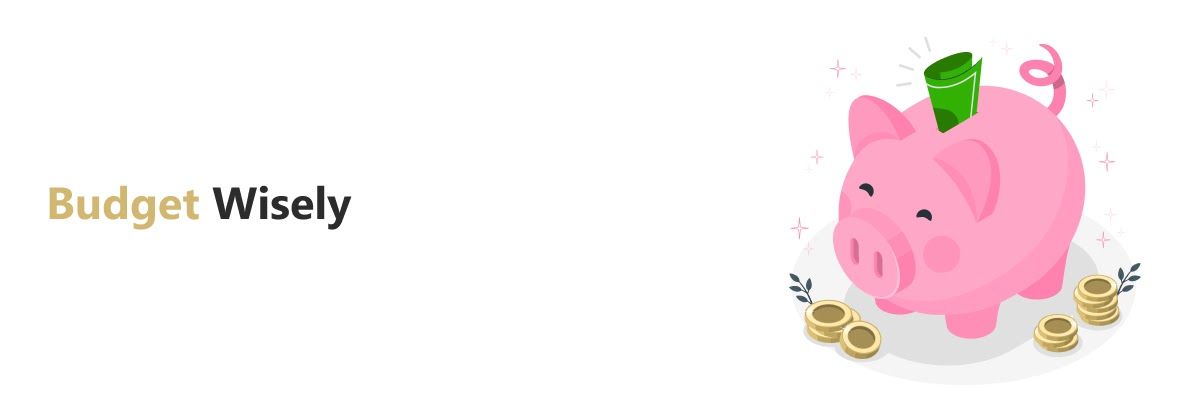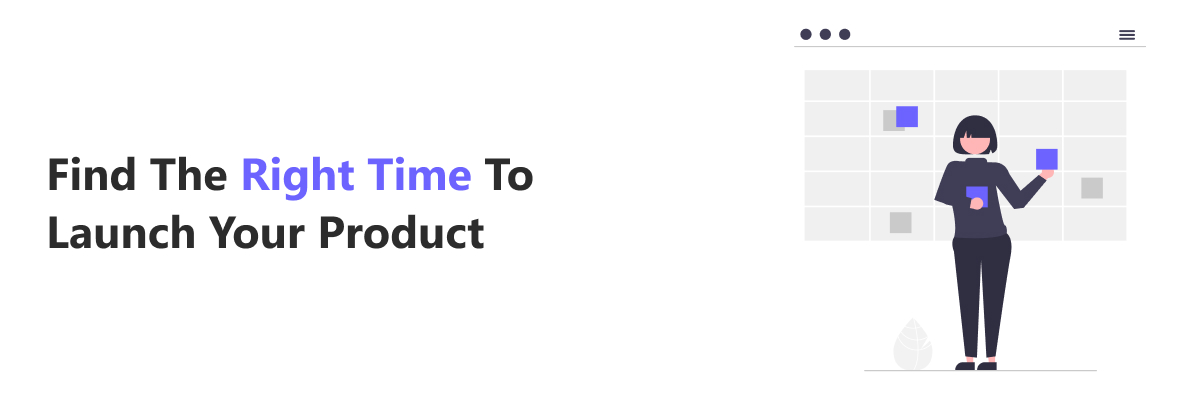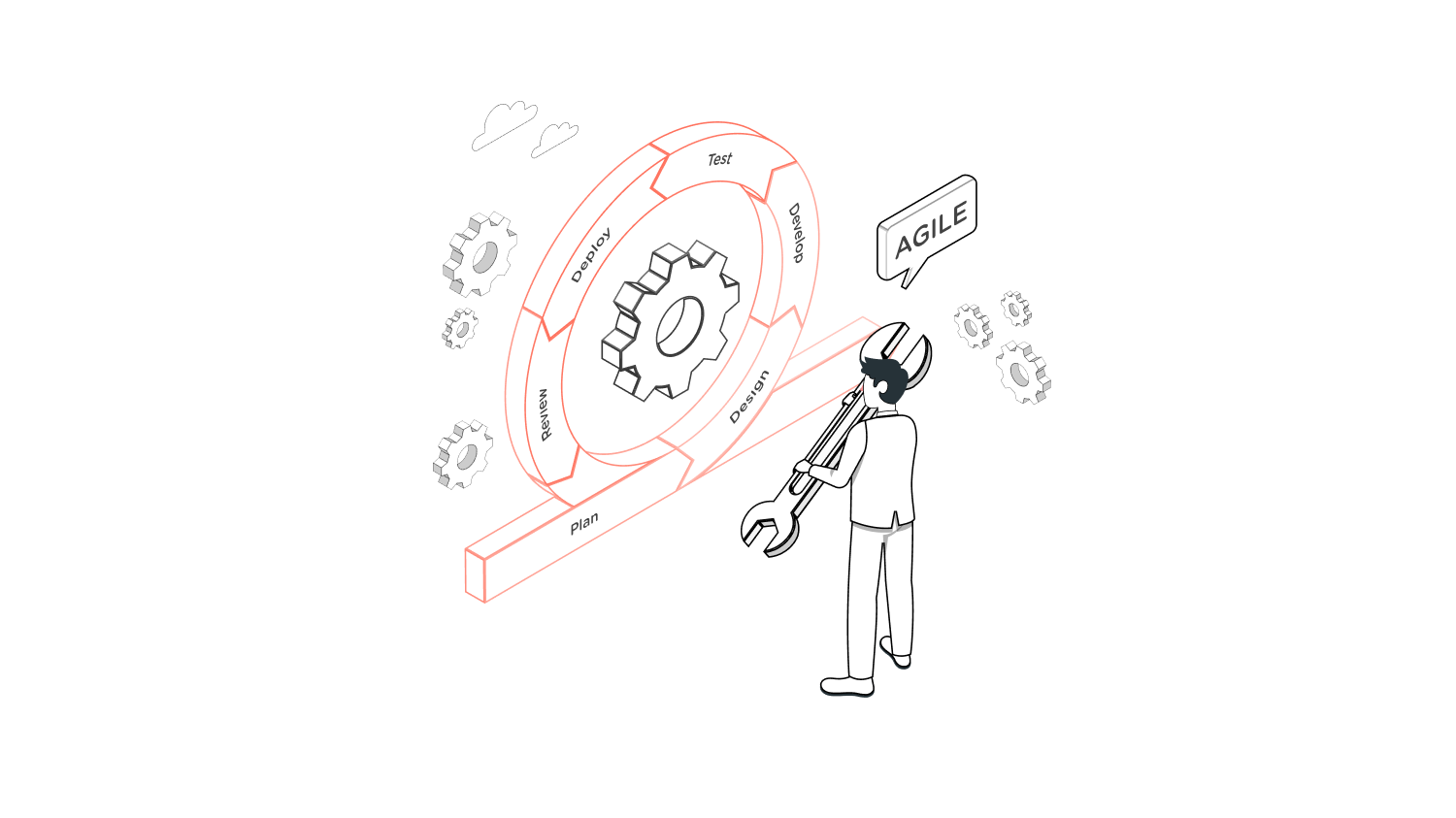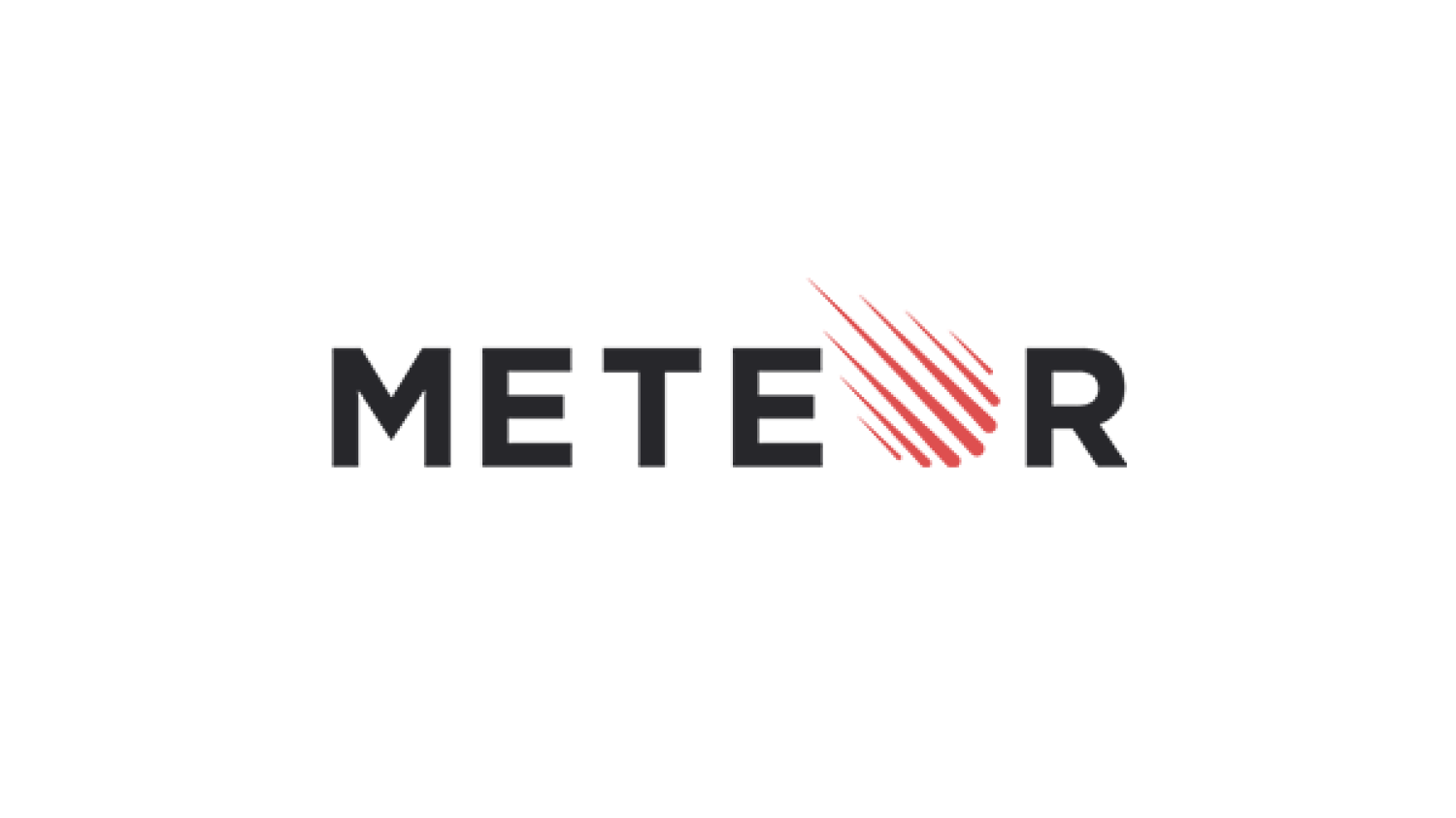You are embarking on the journey of a lifetime: the entrepreneurial journey.
As is the case with anything in life, you will have certain expectations when it comes to the product development process for your startup.
Of course, you’ll be hoping for resounding success with your final product launch. But, what of the other expectations that come at different stages of your product development life cycle?
Reality is often a far cry from the expectations that you are led to have. And, it’s important to stay grounded and as close to reality as possible when it comes to product development, or you’ll be sorely disappointed.
In this blog, we will take a good look at the expectations the founders of tech startups have during the many stages of product development. We will also give you a realistic idea of what to expect, so that you know exactly what you’re getting yourself into.
1. Startup Journey
Expectation:
The startup journey is an exciting one.
You’ll hear about unicorn startups that were widely successful. You’ll hear about rags to riches stories of startup founders who made it big.
You’ll hear that the path of an entrepreneur is an adventurous one and it comes with all the rewards of the roads less taken.
And, yes, you’ll most definitely have a lot of encouragement from all sides, with numerous people cheering you on and rooting for your success.
But, beware! As with anything else worthwhile in life, startup life is also a coin with two sides. Let’s take a look at the harsh realities that accompany a startup founder.
Reality:
You won’t get much time to sleep. Sure, you’ll be leading a glamorous life and meeting people from different walks of life and having fancy brunches with potential investors.
But, you’ll also be managing every aspect of your business from day one and this means you won’t get much time to yourself. There will be investor pitches to prepare, teams to build and manage, and bills to pay.
If you’re ready to take on the role of a startup founder, you’ll need to be well aware of all the risks it carries. And, be prepared to work round the clock, at least till your startup is up and running smoothly.
Why don’t you check if you are ready to start your own business?
2. Product Idea

Expectation:
You might think your product idea is unique and it is exactly what the world needs right now. You might think the competition is less in your chosen marketplace and that you can easily make a mark of your own. You might even believe that your idea is the next million-dollar one.
Now, think. If it were really so easy to come up with a great business idea that is scalable, wouldn’t we have so many more startup tech companies in the world?
Reality:
Here are some of the catches.
Your business idea might not be as unique as you think. Even if you’re improving on a pre-existing idea, you might not be able to get much traction unless you’re adding a useful element to it.
Now, let’s say you really do have a unique business idea that is bound to attract inventors and customers alike. It’s still not going to get you on the Forbes 50 list.
At the end of the day, having a business idea is simply not enough. You will need to back your idea with a concrete business plan if you wish to succeed.
If you think your business idea may need some validation from the outside world, here are some signs that will tell you that you have a great business idea.
3. Research
Expectation:
How hard can research be? After all, you just need to find a good search engine and read up on relevant information, right? Wrong.
Okay, but research is not really all that important, right? You just need to get the end results, so the journey doesn’t matter much. Wrong, again.
And, for some reason, if you think you can skip the research part altogether and just wing it, then you are wrong again. We’ll tell you why.
Reality:
Research is to a startup business what coffee is to the average working professional in their late 20’s. You need it to start your day just right.
There are many layers to the research process that you need to be aware of. Extensive research that covers a lot of subjects but does not delve deeply into the subject you’re researching is not a good idea.
Always make sure that you leave no stone unturned when you’re researching a particular subject associated with your startup business. Here are some types of research methods you will need to indulge in before you start your product development.
4. Business Strategy

Expectation:
“I don’t need a business strategy. Everything will fall into place eventually.”
Okay, if you think the above statement is true, you might need to check if you’re ready to be an entrepreneur yet.
Business strategies define the way your business will flourish and grow. They form the cornerstone of your business model. They will also give a good direction for your team to work collectively towards.
It’s also not a good idea to think you can just rely on luck and timing to reach your business milestones. At the end of the day, your business strategy is the map that will lead you to the holy grail that helps startup tech companies : great customer experiences.
Reality:
It is not practical to jump into a product development journey without a good strategy in place that will define how your work progresses and you can utilise every available resource to your advantage.
Some people think that it’s not all about business strategies, but we can tell you that the right strategy plays a big role in the development of your product. Great ideas will remain just that if you start your new product development. If you want to turn them into reality, then you need a business plan, pronto!
5. Scope of Work
Expectation:
A lot of founders don’t seem to understand the importance of defining a scope of work. They think you just need to note down the basic requirements on a sheet of paper and pass the message on to the developer team and then product development magic happens.
The scope of work is a sacred contract between the project owner and the product design and development team. Both parties must respect the conditions and clauses that come with the work defined in the scope.
But, in reality, does this concept hold up to scrutiny?
Reality:
If you are a founder who happens to understand the importance of defining the scope of the new product development process, you also need to be aware of the importance of outlining a thorough scope that leaves no room for debate.
If your scope is not foolproof, a rather unfortunate phenomenon called scope creep happens.
Scope creep take place when new requirements are added to the scope after the research and product development is already in progress. It can happen due to many reasons.
Maybe your first scope is not thorough enough and you missed out some vital points. Maybe your team has come up with some value additions which will require you to expand the scope of your work. Maybe the project owner wants to alter the product design after its development has already commenced.
Whatever be the reason, try to ensure that scope creep does not hold you back from giving your best efforts to your software product development project.
6. Budgeting

Expectation:
“The funds will flow in on time. I don’t have to worry too much about budgeting.”
This attitude could kill your startup before you even get a chance to complete your software development life cycle.
And you might think the budgeting process is straightforward, but that is often not the case. It is a common misconception that as long as you have enough investor backing, you don’t need to give much importance to your budgeting process.
Reality:
Budgeting is hard. There will be a number of factors that you need to look into, such as your resource allocation requirements, your investor backing, and your financial projections for the coming years.
In fact, you need to consider each and every possibility that could cost you money. Oh, okay, you covered the employee remuneration for the month, their overtime pays, and their life insurance. But, did you consider the daily doughnut and coffee bills of your employee pantry?
Budgeting may be the bane of your existence, but you still need to tackle that bull by the horns.
Also, we’ve got some quick tips about the vital factors investors evaluate before investing in a startup if you’re trying to find investors to back up your idea with money.
7. Development Team
Expectation:
You scroll through a few resumes, make a few phone calls, and the best app developers will be lining up outside the door for a chance to work with you.
It’s easy to put together the dream team that can transform your product development strategy into big bank balances.
Reality:
Hiring a development team is no joke.
You need to consider various factors in addition to the coding strength of your development team if you want to build a quality product. Take a look at some of them:
- Are they creative in addition to being technically sound?
- Can they think outside the box?
- Are they capable of delivering simple and easy-to-implement solutions for seemingly complex problems?
- Will all the selected team members be able to work well together?
8. IT Outsourcing

Expectation:
Again, all you need to do is make a few quick calls and maybe scroll through Google and you’ll be able to engage the services of the best tech partners in the industry.
Not even close. Why don’t you take a look at our guide on how to find the best developers and where to look for them to get a better idea of what is expected when you decide to outsource some of your work?
Reality:
IT outsourcing should not be treated lightly. You are investing time and money in an entity and also handing over the keys to your startup business for a short while.
You need to know the different types of IT outsourcing before you can make an informed decision about the type of outsourcing that will benefit your product development process the most.
9. Brainstorming Sessions
Expectation:
There is a group of smartly dressed individuals gathered around a round table. Their pens are poised over their notepads, ready for some action. There is an eagerness in the air, a feeling of great ideas beginning to take shape.
And, of course, there are tables piled high with delicious treats for the break sessions.
Some unseen force indicates that it’s time to start, and a flurry of thoughts are exchanged, that will ultimately lead to better software product development services.
It would be cool if this is how brainstorming sessions go, of course, but here’s what they usually look like.
Reality:
Ummm…they don’t really happen as often as you think they might.
Everyone is so caught up in their daily tasks and the general humdrum of urbane life that it’s hard to focus on the importance of holding brainstorming sessions every once in a while.
Even if you do hold brainstorming sessions, some people simply won’t show up due to other pressing tasks. Or, maybe they show up out of obligation while their mind is distracted with other deadlines they need to meet.
What you can do is create awareness about why brainstorming sessions are a must. You can also try to hold such sessions during times where everyone is available and free of other work commitments.
10. Bug Fixing

Expectation:
“Oh, there are bugs? No problem, we’ll fix them all by the end of the day!”
“Bug fixing is a routine activity. It’s not hard once you get the hang of it.”
“Technical debts are a myth. They won’t happen if you do your work on time.”
Reality:
Bug fixing is not a simple task. Of course, there are some bugs that are easier to fix than others, but not all software defects come in the same shape and size.
Ideally, product development and bug fixing are supposed to go hand in hand. But in reality, the bug fixing process usually takes much longer to get started.
This means that technical debt could add up if you don’t escalate and resolve issues in a timely fashion.
At the end of the day, it’s all about how skilled your product development team is at identifying and tackling product fixes with the right prioritisation.
11. Finished Product
Expectation:
The finished product is expected to be ready for launch immediately. Your completed software project is bug free, the quality assurance was top-notch, and life seems to be full of potential.
Reality:
Team and project management can get tricky for high-level product development plans. Here are a few tips that can help you manage and optimise software product development to deliver the best results.
12. Product Launch

Expectation:
You might think that your work is done after you have a finished product in hand. Well, a major part of your work is just beginning, actually.
There is a lack of awareness when it comes to timing your product launch. If you think running a few social media campaigns and hosting a launch party with enough bubbly juice will do the trick, think again.
Reality:
The startup product launch is a delicate process that needs to be handled by marketing and sales experts who are aware of the nuances of the marketplace at any given time.
And yes, there is such a thing as the right time to launch your product or services.
13. Marketing Plan
Expectation:
If you think you can market your product well just because you have a good budget, stop right there!
The right marketing strategy can make or break your final product.
If you think you can put together a marketing team and start spreading the word about your product when it’s time to launch it, take a look at the reality of the situation.
Reality:
You must not wait for the product competition to start marketing your idea. In fact, your marketing activities should start during the early stages of your product development phases and should start picking up speed around the time your MVP (Minimum Viable Product) is completed.
It should hit a frenzy right before you launch, and that won’t be hard to manage if your audience is already familiar with your offerings.
Takeaway
“Expectations were like fine pottery. The harder you held them, the more likely they were to crack.” ― Brandon Sanderson, The Way of Kings
You will get plenty of advice when you start your entrepreneurial journey.
But, take everything with a pinch of salt and only believe realistic things. Having impractical expectations is an important character trait for a startup founder.
In fact, unrealistic stakeholder expectations are one of the main reasons startups fail. Find out some of the other common reasons why startups fail and how to avoid them.
Each startup business has a unique story to tell. What worked for others may not work for you, and vice-versa, so it’s not smart to build up expectations for your startup based on the success of those who came before you.
At the end of the day, focus only on the results that you manage to achieve and make your business predictions based on that.
Would you like a few startup product development tips? If so, read about how you can optimise your team for business growth.
For more tips and tricks that will help your product development expectations match reality, subscribe to our tech newsletter. We will share more inbox-worthy content that helps you grow your business.




